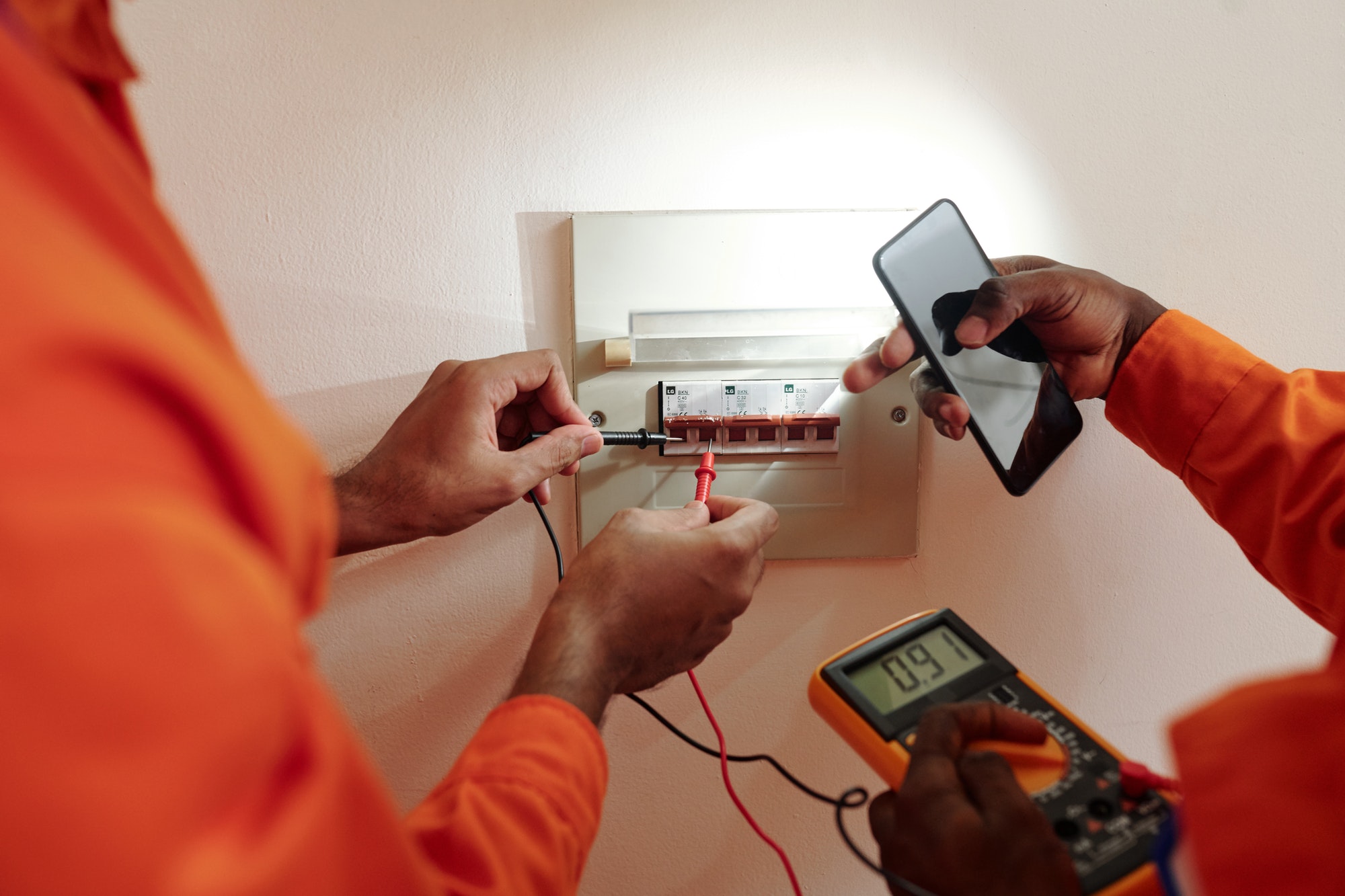Upgrading to LED lighting is one of the most effective ways to enhance the efficiency and sustainability of your home or business’s lighting systems. Light Emitting Diodes (LEDs) offer several substantial advantages over traditional lighting solutions like incandescent bulbs and compact fluorescent lamps (CFLs). Here are the key benefits of switching to LED lighting:
1. Energy Efficiency
LEDs are significantly more energy-efficient than traditional lighting options. They use up to 90% less energy than incandescent bulbs and about 50% less than CFLs. This high efficiency is due to LEDs’ ability to convert electricity into light without wasting much energy as heat. Over time, this reduced energy consumption can lead to considerable savings on utility bills.
2. Longer Lifespan
LED bulbs have a much longer operational life compared to traditional light sources. While an average incandescent bulb may last about 1,000 hours and a CFL around 8,000 hours, LEDs can last for 25,000 to 50,000 hours or more. This longevity reduces the frequency of replacement, which can be particularly beneficial in commercial or industrial settings where maintenance and operational disruptions are costly.
3. Improved Durability
LEDs are solid-state lights, which means they are more rugged and can withstand bumping and jarring better than fragile bulbs that contain filaments or glass. This durability makes LEDs ideal for outdoor lighting and applications in environments that are less controlled or more prone to disturbances.
4. Better Light Quality
LED technology has advanced to the point where you can choose from a spectrum of color temperatures and high color rendering index (CRI) values, which means they can produce a broad range of colors and more accurately reveal the true colors of the objects they illuminate. This makes them suitable for a wide variety of settings, from retail environments that require vibrant display lighting to homes where creating the right ambiance is important.
5. Instant Lighting and Frequent Switching
LED lights brighten up to full luminosity immediately, without the warm-up time needed by CFLs. This instant lighting capability is advantageous for areas that require lights to activate immediately for safety or convenience. Additionally, LED performance does not degrade with frequent switching on and off, which can be a significant advantage in areas where lights are triggered by motion sensors.
6. Eco-Friendly
LEDs are a greener lighting solution. They contain no mercury or other hazardous substances commonly found in CFLs, reducing potential environmental harm if damaged or disposed of improperly. Moreover, the long life of LEDs means fewer resources are needed for manufacturing, packaging, and transportation compared to traditional bulbs.
7. Heat Reduction
LEDs emit very little heat compared to incandescent bulbs and CFLs. Less heat means better safety and could also reduce costs associated with cooling homes and businesses during warmer months. For example, in environments like retail or manufacturing, where many lights are used, the reduction in heat generation can lead to noticeable differences in climate control costs.
8. Dimmability and Control
Advanced dimmable LEDs offer seamless control over light intensity, unlike CFLs and older dimmable LEDs that might flicker or buzz at lower light levels. Modern LEDs integrate easily with control systems and smart home technologies, allowing for sophisticated automation and further energy savings.
Conclusion
Switching to LED lighting is a cost-effective, durable, and eco-friendly choice that offers substantial benefits over traditional lighting technologies. Whether for residential, commercial, or industrial use, LEDs not only provide immediate reductions in energy consumption and long-term cost savings but also improve the quality of light and reduce environmental impact. For those looking to make a sustainable upgrade, LED lighting is an excellent investment.






